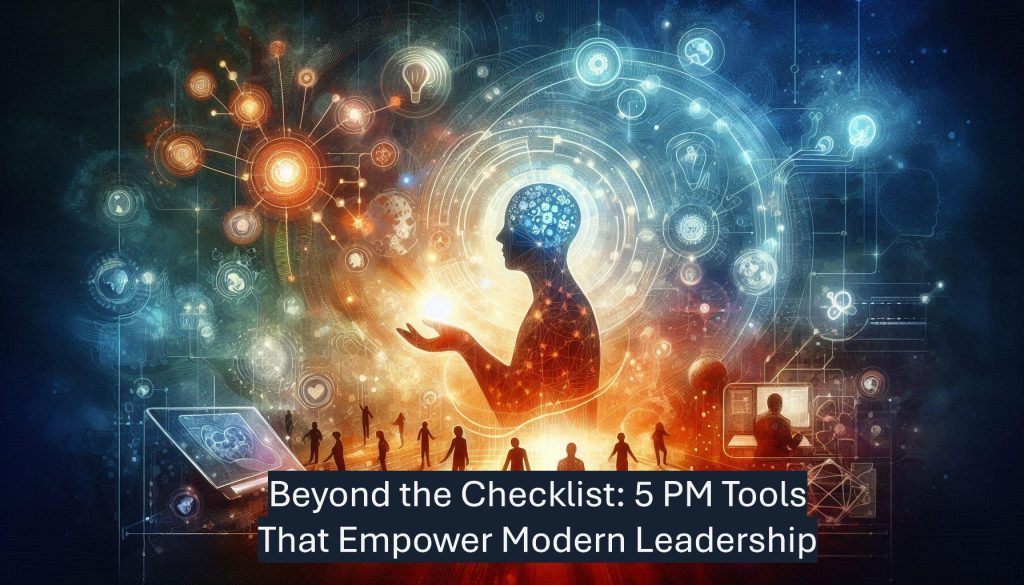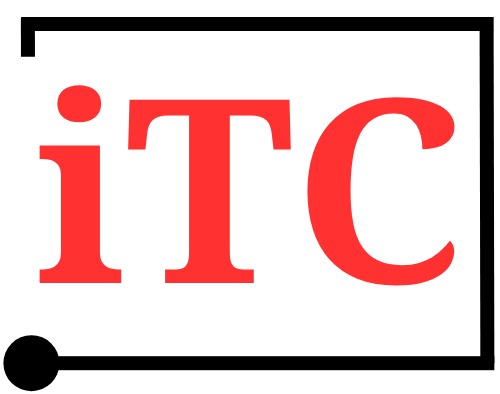
Project management isn’t just about frameworks and deadlines—it’s about people, progress, and purpose.
If you’re a manager or leader trying to juggle uncertainty, tech disruption, and team wellbeing, you need more than a Gantt chart. You need tools that bring clarity without complexity—and support your team’s growth, not just output.
Here are five powerful (and often overlooked) tools and techniques from PMBOK, PRINCE2, Agile and Scrum—with a human-centred twist.
- Work Breakdown Structure (WBS) – but Human-Centred
Most teams use WBS to break down deliverables—but great leaders use it to bring clarity and connection to their teams.
Use it to:
- Help team members see the full picture and understand where they contribute.
- Set clear expectations and avoid burnout by chunking responsibilities.
🧠 Leadership tip: Start WBS sessions collaboratively. Ask your team what they think should be on the list—you’ll get better input and better buy-in.
📌 Takeaway: A well-structured WBS doesn’t just organise work—it builds shared ownership and a sense of purpose.
- MoSCoW Prioritisation – for Emotional Alignment
MoSCoW (Must, Should, Could, Won’t) is simple yet powerful when used as a team-driven prioritisation tool—not just a planning framework.
Use it to:
- Facilitate tough scope decisions and manage expectations with clarity.
- Avoid overwhelm by making visible what’s not going to happen (and why).
💬 Empathetic edge: Ask your team what they believe are Musts—and why. This turns prioritisation into a values-driven dialogue.
📌 Takeaway: MoSCoW brings clarity to chaos and builds emotional safety by making priorities shared—not assumed.
- Daily Stand-Ups – A Ritual of Connection, Not Just Coordination
Stand-ups can be more than status updates—they’re daily moments of rhythm, trust, and togetherness.
Make them count:
- Host them over coffee, in person or virtually.
- Include prompts like:
🔹 What’s one win today?
🔹 What’s one thing you appreciate—about someone or something? - Use a “gratitude” or “shout-out” column on your Kanban board.
☕ Leadership edge: Set the tone. Celebrate progress. Turn stand-ups into community—not just coordination.
📌Takeaway: A well-run stand-up isn’t about checking boxes—it’s about checking in.
- Lessons Learned Register – Real-Time, Reflective and Forward-Facing
Don’t wait for post-mortems. Capture insights as you go—and use both retrospectives and futurespectives.
Use it to:
- Create a living “lessons & insights” board or doc.
- Run regular retros to reflect and futurespectives to ask:
🔹 What could go wrong?
🔹 What must we protect?
🔁 Why it works: It turns lessons into action—not just documentation.
📌 Takeaway: Real-time reflection builds proactive learning. The smartest teams aren’t just reactive—they’re self-aware.
- User Story Mapping – for Alignment Beyond the Backlog
This technique goes beyond tasks. It connects people to outcomes through visual storytelling.
Use it to:
- Map the experience, not just the backlog.
- Highlight who you’re helping—and why it matters.
🎯 Leadership bonus: Co-create maps with your team or stakeholders. It encourages empathy and shared vision.
📌 Takeaway: Story mapping transforms tasks into purpose—and turns delivery into a shared journey.
Final Thought
Project management done well isn’t just about efficiency—it’s about intention. These tools help you lead projects with more empathy, clarity, and connection.
They don’t just boost productivity. They build culture.
Which of these have you used—or would like to try? Get in touch!
